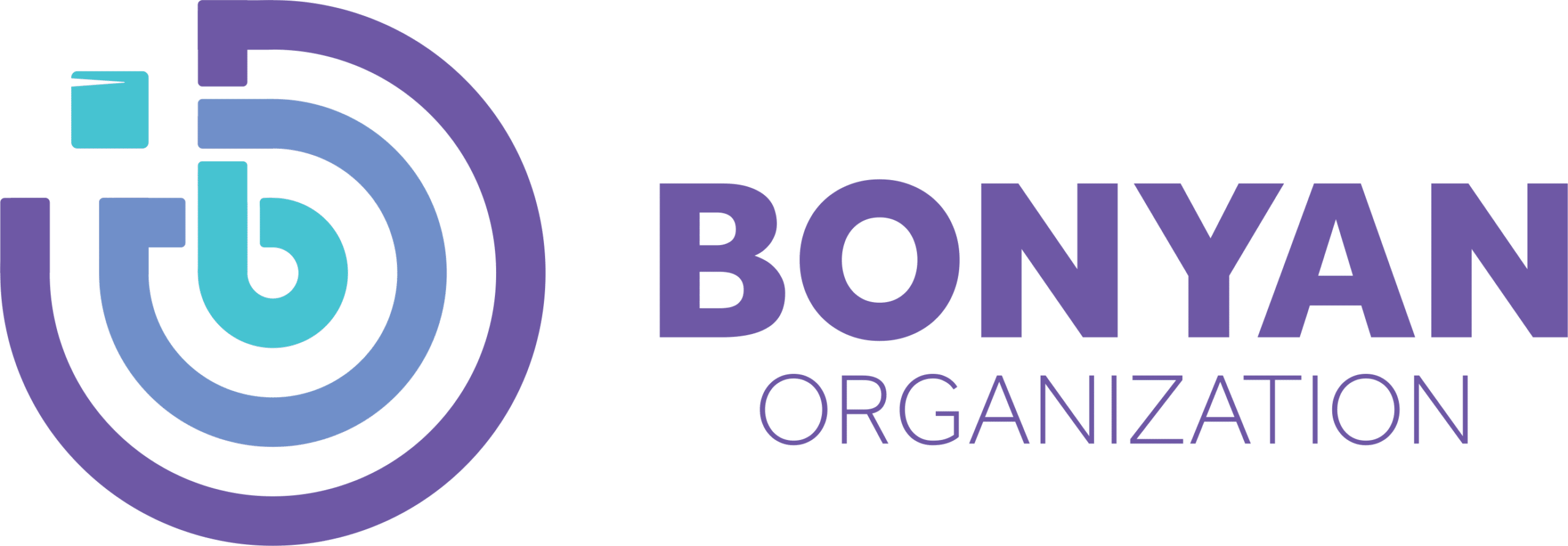Education is the process that facilitates learning or the acquisition of knowledge, skills, values, morals, beliefs, habits, and personal development.
It can significantly alter a person’s life and positively affect society.
When it comes to education, we must make sure that every child, especially those facing money problems, gets a fair chance to learn. The UN Convention on the Rights of the Child says all kids have the right to education, starting from free primary school and going up to higher education.
This right is vital for fighting poverty, stopping child labor, and making our communities peaceful.
But here’s the problem – lots of kids from poor families struggle to get a good education. They might not have enough money, access to books, or fair opportunities. For these kids, reaching their full potential becomes hard. This shows we urgently need to make changes to help them.
Importance Of Education For Poor Children
Education serves as a beacon of hope for children grappling with poverty, offering a transformative pathway to break free from its clutches. For these youngsters, schooling is more than just acquiring knowledge; it’s a key to enhancing self-confidence and fostering dreams of a better future.
The impact extends beyond the individual, as education empowers entire communities, igniting economic growth and community development. Beyond the confines of the classroom, it plays a pivotal role in improving health outcomes and breaking the cyclic nature of poverty.
Barriers To Education That Poor Children Face
Children living in poverty face a myriad of obstacles that impede their access to quality education:
Lack of Resources
Many impoverished children lack basic educational resources, such as textbooks and school supplies, hindering their ability to engage fully in the learning process. The absence of these essential tools puts them at a disadvantage from the outset.
Limited Access to Quality Education
In many instances, children in poverty grapple with limited access to quality education. Factors such as insufficient school availability, transportation challenges, and inadequate infrastructure contribute to the educational disparities they face.
Overcrowded Classrooms
Overcrowded classrooms are a pervasive issue for impoverished children. High student-to-teacher ratios compromise the quality of education, making it difficult for students to receive personalized attention and support.
Inadequately Trained Teachers
The lack of adequately trained teachers is a critical concern. Insufficient qualifications among educators contribute to poor teaching standards, affecting the overall learning experience for children in poverty.
Extreme Poverty and Child Labor
Families facing extreme poverty often resort to child labor as a means of survival. This unfortunate circumstance not only deprives children of their right to education but also robs them of the time and opportunity to attend school regularly.
Poor Classroom Facilities
Across developing countries, inadequate classroom facilities exacerbate the challenges faced by impoverished children. Substandard infrastructure hampers the learning environment, impacting the overall educational progress of these children.
Challenges Of Education In Refugee Camps
The challenges faced by poor refugee students extend beyond poverty; beside economic hardships, they encounter these difficulties:
- Limited Access to Electricity: Access to electricity is a fundamental challenge, hindering the use of technology and impacting the availability of well-lit spaces for learning in refugee camps.
- Language Barriers: The displacement of refugees often leads to language challenges, making it difficult for children to adapt to new educational environments where the language of instruction may differ.
- Resource Gaps: Refugee camps may face resource gaps, including shortages of textbooks, school supplies, and adequately trained teachers, affecting the quality of education.
- Obstacles Before Enrollment: Refugee families encounter obstacles before their children can enter the educational system, including challenges related to academic programs in host countries like Lebanon and Jordan.
Disadvantages of Not Educating Children
Education is an indispensable factor that significantly shapes a child’s future. The absence of proper education can lead to a myriad of challenges, affecting various aspects of an individual’s life.
Firstly, inadequate education may result in poor health outcomes, as individuals may lack essential health knowledge. Moreover, limited education can diminish a person’s voice and representation in societal decision-making processes, contributing to a lack of advocacy.
This deficiency in education has also been correlated with a shorter lifespan, highlighting the critical role education plays in overall well-being.
Furthermore, the economic implications of not receiving an education are profound. Individuals without proper educational qualifications often find themselves caught in a poverty trap, struggling to escape economic hardship. The limited job opportunities available to those lacking education contribute to higher unemployment rates, hindering personal and financial growth.
Additionally, the vulnerability to exploitation and manipulation increases for individuals with limited education, as they may lack the knowledge and skills to protect themselves.
How to Support Education for Poor Children
To contribute to the education of underprivileged children, consider the following approaches:
1. Financial Assistance: Provide scholarships and financial aid to make education more accessible for children from economically disadvantaged backgrounds.
2. Volunteer Opportunities: Offer your time and skills as a volunteer. Many organizations work towards educating underprivileged children and welcome volunteers to support their initiatives.
3. Resource Donations: Contribute books, stationery, or other educational materials to schools and organizations working with underprivileged children.
4. Advocate for Tailored Education Programs: Support and advocate for tailored education programs that address the diverse learning needs, incorporate culturally responsive teaching, and implement trauma-informed practices.
Remember, collective efforts can make a significant impact on improving educational opportunities for underprivileged children.
Bonyan’s Dedicated Initiatives To Support The Education Of Poor Children
At Bonyan, our unwavering commitment is to create a positive and transformative impact in the lives of vulnerable populations, especially children facing adversities. Through your generous support, our education programs have reached over 450,000 children, instilling hope and providing a foundation for a brighter future.
The Football for Good initiative, made possible by your contributions, empowers more than 7,000 children, fostering personal growth and resilience through the universal language of sports.
Your contributions have made a significant difference in improving the lives of underprivileged children by enabling us to provide formal and non-formal education, innovative teaching methods, and unique educational experiences, reaching over 39,614 children.
Donate to support the education of poor children
We invite you to join us in this transformative journey, where every contribution becomes a powerful force for positive change.
Together, we are building a future where education, protection, and empowerment are accessible to every child, fostering resilience and hope in the face of adversity.
Your support is not just a donation; it’s a vital part of our shared mission to rebuild lives, restore hope, and create lasting positive change for those who need it most.
Read More:
FAQs
How does poverty affect education?
Poverty often creates barriers to education, including a lack of resources, inadequate infrastructure, and limited access to quality learning materials.
What challenges do poor children face in education?
Poor children face various obstacles, such as inadequate resources, lack of parental support, and limited access to quality education, hindering their learning opportunities.
Are impoverished children more likely to have learning disabilities?
Yes, children living below the poverty line are 1.3 times more likely to have developmental delays or learning disabilities compared to those not living in poverty.
What percentage of the global poor lacks formal education?
Thirty-nine percent of the worldwide poor have no formal education, emphasizing the widespread issue of educational deprivation among impoverished communities.
How can individuals contribute to educating poor children?
Individuals can contribute by providing financial assistance, volunteering time, donating educational resources, and supporting tailored education programs that address specific needs.



